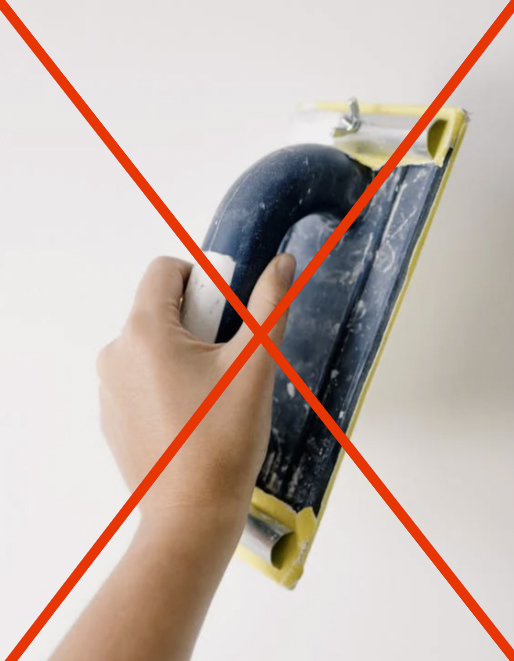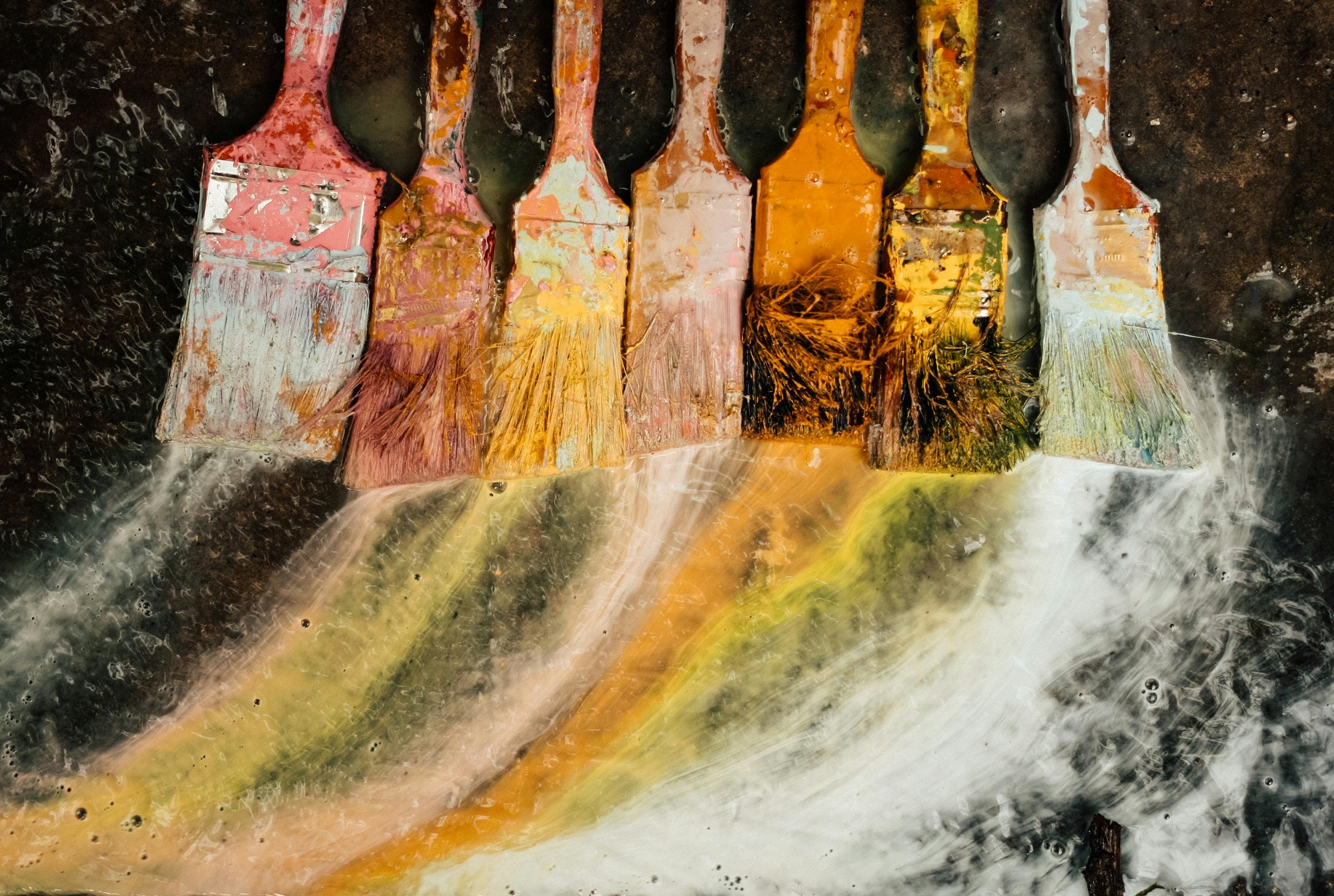The question of whether you can paint over asbestos-containing materials or not is complex and requires careful consideration of safety protocols and legal requirements. This comprehensive guide explores the possibilities, risks, and proper procedures for painting asbestos surfaces while maintaining optimal asbestos safety during renovations.
Understanding Asbestos Surfaces

Asbestos-containing materials (ACMs) appear in many forms throughout Australian homes built before the 1990s. Common locations include wall sheeting, ceiling materials, and exterior cladding. The condition of these surfaces significantly impacts whether painting is a viable option. Well-maintained, sealed asbestos surfaces might accept paint while deteriorating materials pose serious health risks and should never be painted.
The Safety Considerations of Painting Asbestos
Before considering any renovation work involving asbestos, including painting, it’s crucial to understand the associated risks. Disturbing asbestos-containing materials can release dangerous fibres into the air. Even seemingly simple tasks like cleaning or preparing a surface for painting could create hazardous conditions if not handled properly.
Legal Requirements Around Identified ACMs in Australia
Australian regulations regarding asbestos handling are strict and specific. While some jurisdictions permit homeowners to paint over asbestos surfaces under certain conditions, others require professional involvement for any work involving asbestos-containing materials. Before starting any painting project, you must:
- Verify local regulations regarding asbestos-related work
- Determine whether professional licensing is required
- Obtain necessary permits and documentation
- Ensure compliance with safety guidelines
Professional Asbestos Assessment
The first step in any project involving asbestos surfaces is a professional assessment. Licensed asbestos assessors can:
- Evaluate the condition of the asbestos-containing materials
- Determine whether painting is a safe option
- Identify potential risks and hazards
- Recommend appropriate safety measures
- Document the current state of the materials
When Painting Asbestos May Be Possible

Under specific circumstances, painting over asbestos materials might be acceptable. The surface must be:
- Thoroughly assessed by professionals
- In good condition with no visible damage
- Properly sealed and stable
- Not showing signs of deterioration or friability
- Approved for painting by local authorities
Surface Preparation Concerns

If painting is deemed appropriate, surface preparation becomes critical. Traditional preparation methods like sanding, scraping, or pressure washing can be extremely dangerous with asbestos materials. Professional contractors use specialised techniques that minimise fibre release while ensuring proper paint adhesion.
Choosing the Right Paint for ACMs
Not all paints are suitable for asbestos surfaces. The appropriate paint should:
- Create an effective seal over the asbestos material
- Be specifically formulated for the surface type
- Provide good adhesion without requiring aggressive preparation
- Meet local regulations for use on asbestos surfaces
Professional Application Methods

Licensed contractors use specific techniques when painting asbestos surfaces. They apply paint using methods that minimise surface disturbance. Multiple thin coats are preferred over fewer thick layers. Special sealants might be applied before painting, and careful attention is paid to proper ventilation and containment.
When Painting Asbestos Is Not the Answer
In many cases, painting over asbestos materials is not the best solution. Consider asbestos removal and replacement when:
- The material shows signs of damage or deterioration
- There’s evidence of previous water damage
- The surface is friable or crumbling
- Future renovation plans might disturb the material
- The cost of proper preparation exceeds replacement costs
Asbestos Safety Protocol Requirements
When work involving asbestos occurs, strict safety protocols must be followed. Professional-grade personal protective equipment must be worn, and the work area must be adequately contained and ventilated. Specific clean-up procedures must be implemented, and proper disposal of asbestos-containing waste is essential.
Alternative Solutions
- Instead of painting, consider these alternatives:
- Professional encapsulation with specialised sealants
- Installation of covering materials over the asbestos surface
- Complete removal and replacement by licensed contractors
- Regular monitoring and maintenance programs
Long-term Management of ACMs

Whether you decide to paint or choose an alternative solution, long-term management of asbestos-containing materials is crucial:
Regular professional inspections should be scheduled, and any changes in the ACMs’ condition must be documented. Maintenance plans should be developed and followed. Future renovation plans must consider the presence of asbestos. In commercial settings, it will be a requirement to conduct an asbestos audit and create a living asbestos register and an asbestos management plan.
While painting over asbestos materials is technically possible in some situations, it requires careful consideration of safety, legal requirements, and practical implications. The decision to paint should never be made lightly or without professional consultation. Asbestos safety during renovations must always be the primary concern, taking precedence over aesthetic or budget considerations.
The most important takeaway is that any work involving asbestos-containing materials, including painting, should be cautiously approached and handled by licensed professionals. The risks associated with improper handling of asbestos materials far outweigh any potential cost savings from DIY approaches.For professional advice and services regarding asbestos-containing materials, contact Global Asbestos Audits.

